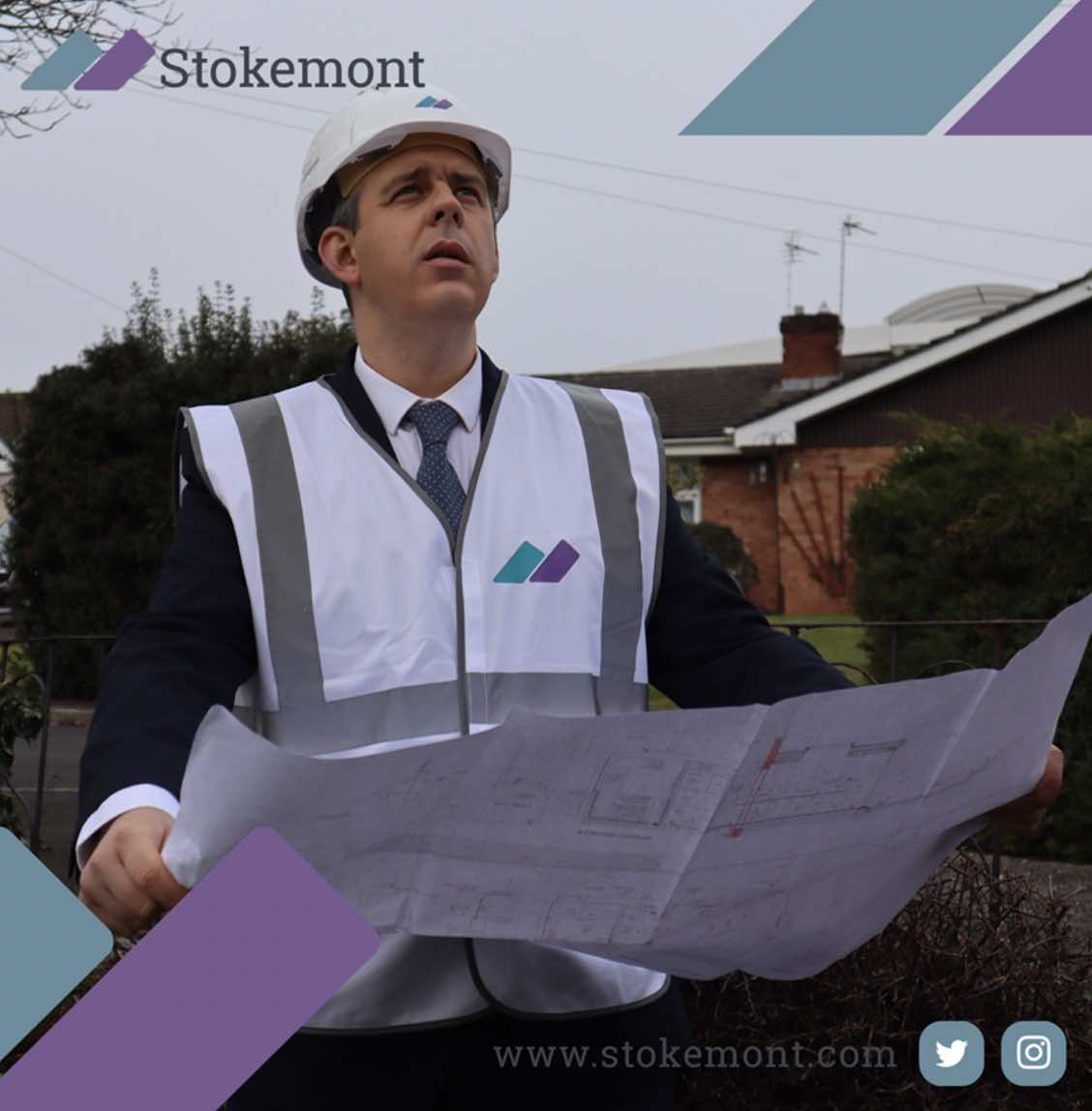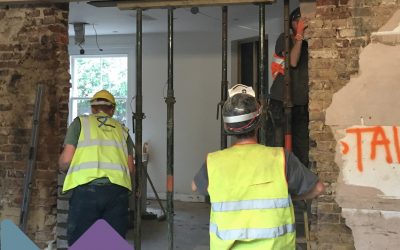Thank you for clicking on today’s Property Surveying blog post topic. Today, through our weekly informative and simply worded blog posts, we are going to be taking at a look at licence for alterations procedures.
Licence for alteration procedures come into play if a leaseholder is planning on undertaking works such as renovations, improvements, or increasing the size of their demise.
In order to go through the necessary legal procedures, their lease will set out various provisions, protocols and requirements that they need to adhere to in advance, during and after their proposed works.
First and foremost, the starting point for any licence for alterations is to ascertain if the proposed works are indeed deemed an alteration under the lease’s wording and definitions.
Once this has been established, and assuming that the proposed works are indeed alterations, at this stage the leaseholder will need to establish exactly what procedures they need to follow through the course of their planned work.
In order to confirm this, they will need to look at and review the lease’s alterations clause.
Here at Stokemont we are very proud to be able to offer this as a free service to the general public and potential clients.
In order to take us up on this all you would need to do is get in touch with us, pop over a copy of your lease and the planned works that you plan to undertake, along with a copy of the plans or the drawings.
We will then review the pack of information and provide you with confirmation as to whether the works do indeed require licence for alterations consent, what the leasehold alterations covenant within your lease is, as well as putting forward some helpful surveyors tips and observations in respect of the proposed works.
Generally speaking there are three different types of leasehold alterations clauses. We are now going to take a closer look at these.
Leasehold Alterations Covenant
Fully Qualified Covenant
The first leasehold alterations covenant is fully qualified covenant. A fully qualified covenant is the most favourable and beneficial leasehold alterations covenant that a leaseholder can find within a lease.
A fully qualified leasehold covenant effectively means that the leaseholder is going to have the legal right to undertake the works, with their freeholder, or landlord not being able to unreasonably withhold that right.
This is an important point to note, as it means ultimately so long as the leaseholder has the necessary information to aid their landlord in making an informed decision, the landlord is legally obliged and has a legal duty to grant consent and permission for their work.
This legal duty applies even if the landlord is against the idea of the overall works.
If you were to compare and liken this to a traffic light, our take on this here at Stokemont, is that this would be a green light.
Qualified Covenant
A qualified covenant within a lease is favourable, however does not carry the same favourable characteristics as a fully qualified covenant.
Instead, the alterations covenant clause will set out that the leaseholder has the legal right to undertake the works.
However, it will abruptly stop there and will not extend the same benefit whereby the landlord cannot unreasonably withhold consent for those works.
Simply put, this means that a landlord can refuse the works, or alternatively can agree them, subject to requirements, stipulations and additions.
Here at Stokemont, one of the most common additions we see to these types of alterations covenants is the landlord requesting some form of premium, permission fee, or consent fee.
In layman’s terms this is effectively a sum of money that the leaseholder will pay to the landlord, or alternatively the share of freehold company in order to give them the legal right to progress these works.
Importantly, the premium does not need to be scaled or based on any justification. Therefore, over the years we have seen these range from the hundreds, to the tens of thousands.
Qualified covenants are a good starting point, however by no means be fooled into thinking that the freeholder is going to give permission, as there are various and numerous scenarios where they haven’t.
If you were to compare and liken this to a traffic light, this would be an amber light.
Absolute Covenant
The final leasehold alterations covenant is an absolute covenant. An absolute covenant does not share any of the characteristics as the aforementioned fully qualified covenant, or qualified covenant.
Instead, the absolute covenant will specifically restrict the leaseholder from being able to undertake any works or alterations to their property in any shape or form.
Significantly, this will mean that the leasehold is unlikely in any circumstances to be able to undertake their proposed works.
Recent case law has significantly changed the way that freeholders view this covenant. Historically, your more liberal or open minded, perhaps development pro freeholder would be more likely to give the permission for the proposed alterations works that the leaseholder planned to undertake. However, the case law has now changed the benchmark for this approach, and if the landlord opts to overlook, waive or depart from the lease’s alterations covenant, they do so with the significant chance that a current, or future leasehold could hold them accountable for this departure from the lease.
For this reason over the past couple of years here at Stokemont we have seen significant numbers of freeholders flat refuse this, often citing the case law itself, along with confirmation that they aren’t against the works, they are simply having to take a protective stance.
If you were to liken and compare this to a traffic light, this would very much be a red reading.
Licence for alteration procedures are by no means simple, and as with any construction, the pre-works procedures come with a significant amount of professional input from various different persons and professionals.
These include however, are not limited to;
- Surveying input
- Engineering design
- Architectural design and input
- Planning permissions and consents
- Statutory consents such as Building Regulations
- Listed Building consents
- Service providers, such as gas, electrics or water contractor input.
All of these are going to significantly add complexity and hurdle to the agreement of the licence for alterations itself.
If you would like to discuss licence for alterations with our team of qualified and experienced RICS building surveyors, please feel free to give us a call today and we will be more than happy to assist and advise you.




